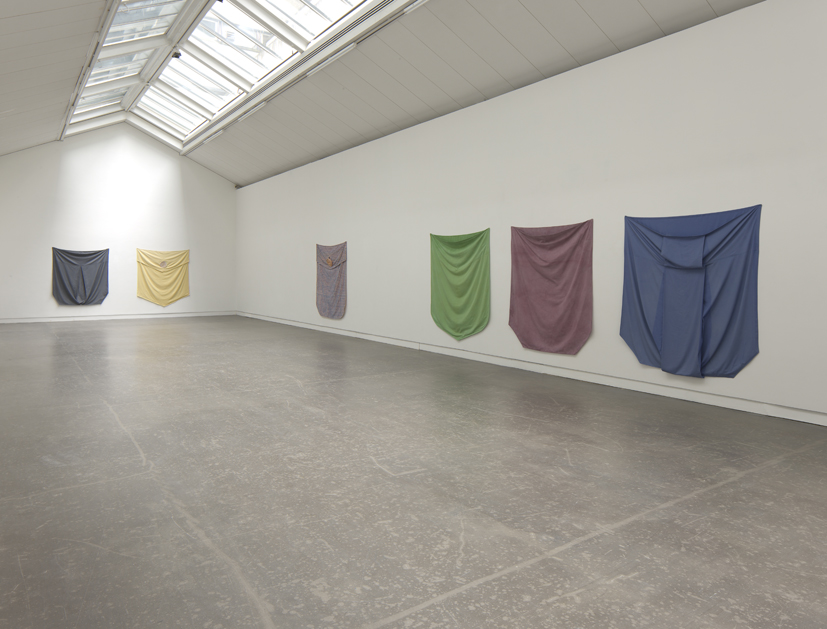
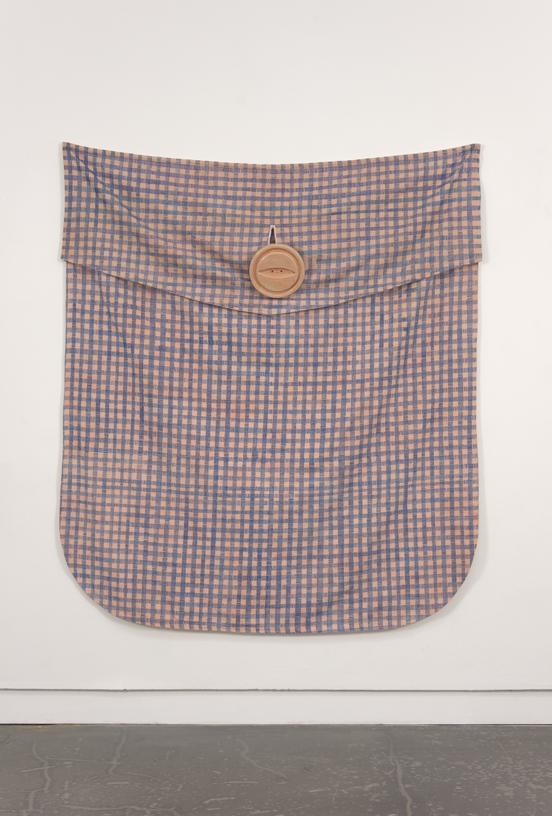


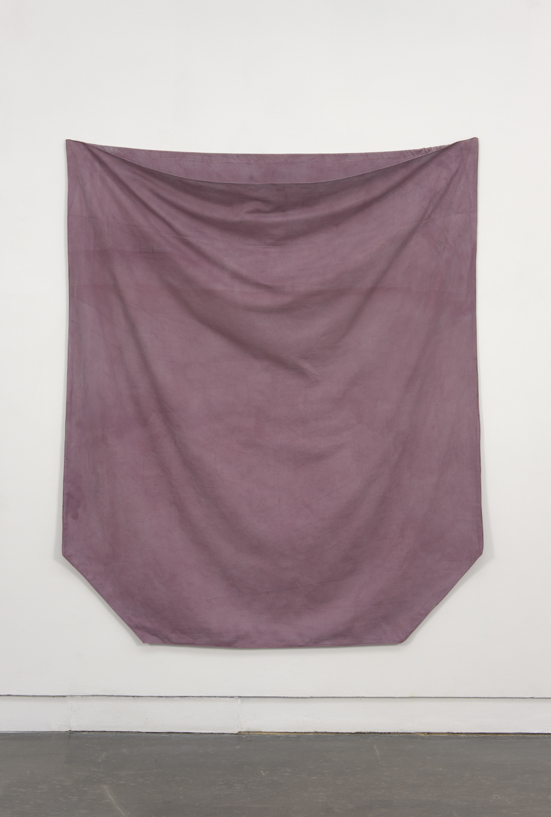



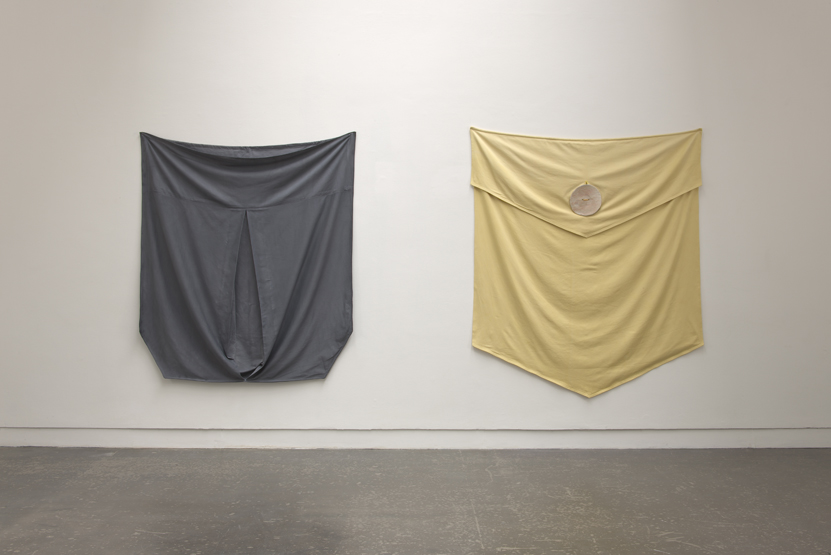
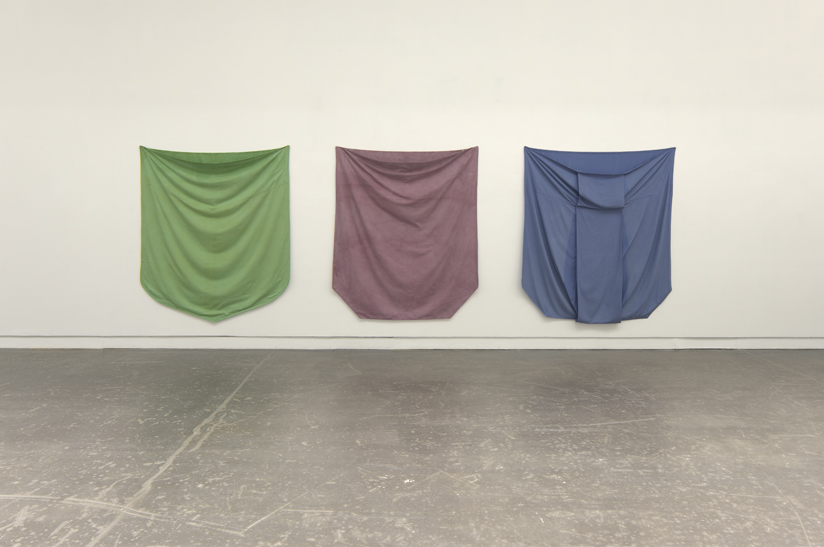
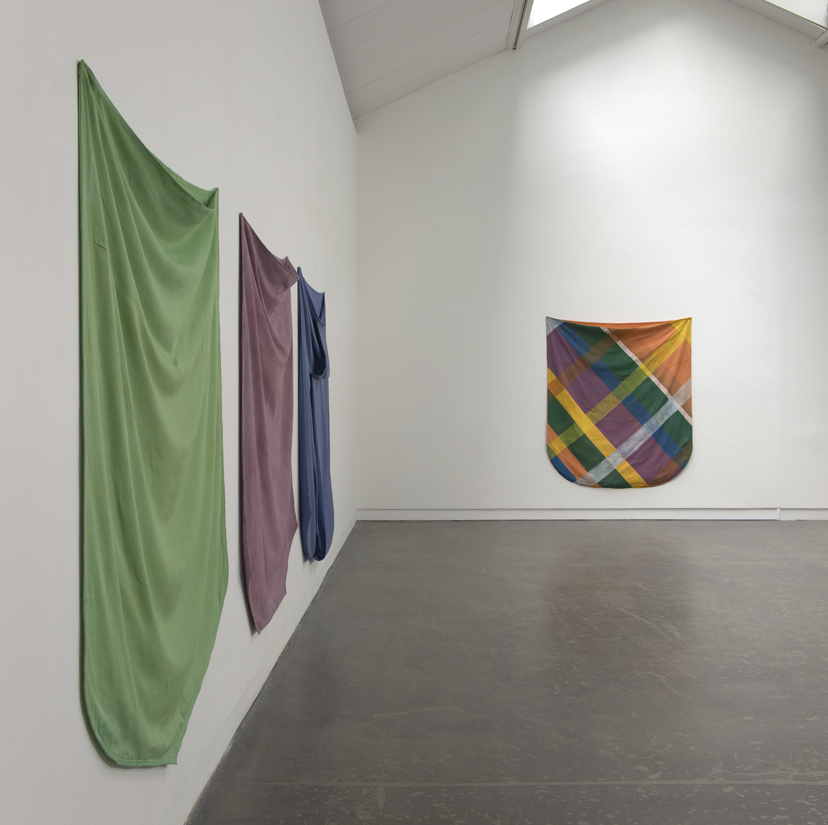
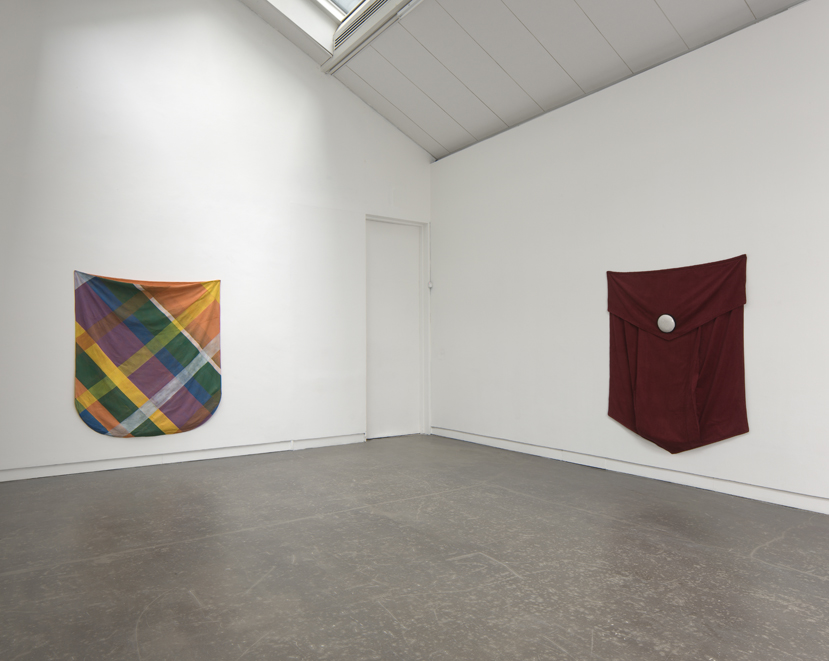

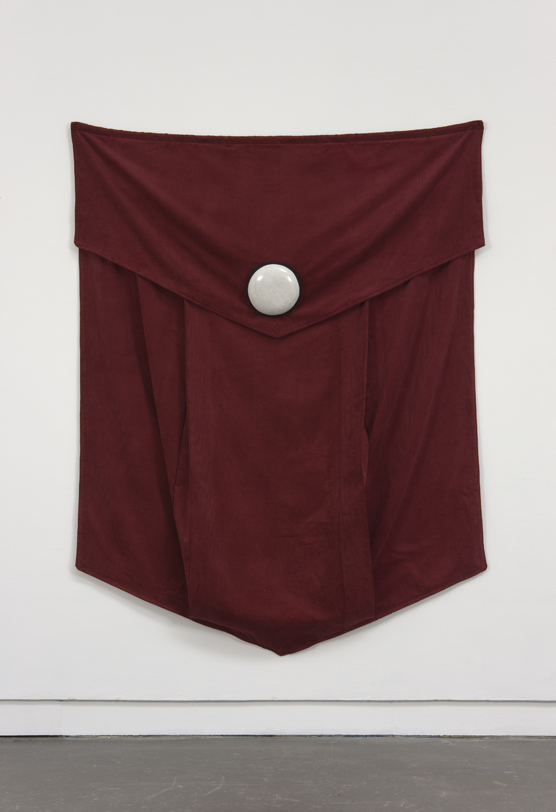


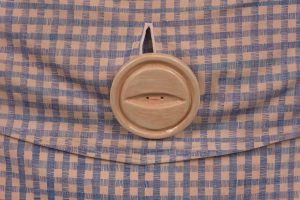


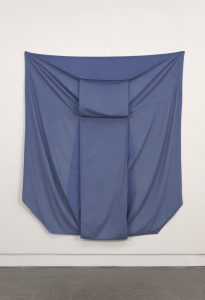
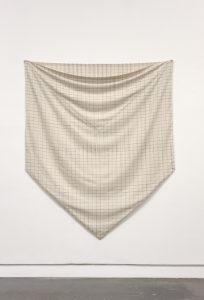


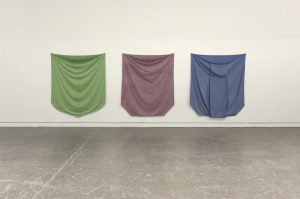




Underside, backside, inside, even
CCA, Glasgow
16/02 – 3/03/2012 *solo
Underside, backside, inside, even
CCA, Glasgow
16/02 – 3/03/2012 *solo
Correspondence between Laura Aldridge and Curator Jamie Kenyon November 2011 –
JK How about we just start a little more relaxed and informally and after each response I’ll give you another question response…
Tell me about this girl then?
The girl? I think she is a woman, but her fresh made-up holiday face makes you think of her as girl. She is young and clean, and she is glancing sideways. I want her to function as an additional layer of rhetoric to the exhibition, you can easily think of her in relation to the title – think about her underside, backside, inside, even, but I think she points to more than that. The title, and the girl – they are prompts in a way, asking you to imagine all the parts of something that you cannot see, because you never really can see all of something, not really. This follows on from an image I made a few years ago of a girl touching the inside of her mouth with her fingers, its not clear whether she is pushing something down, or pulling something out – I wanted that image to point to a very particular moment of feeling, when you might try to imagine the inside of your body – how it seems bigger than it really is. So, the image and the title – they are quite deliberate, physically suggestive things, which appeal to me with the work that I make, and in particular for this new series of works I’ve made for the space here.
JK The new works are suggestive of the body, in scale, but also they have volume, insides too. You could definitely stuff a whole person into one! You’ve made a number of works before entitled Holders, do you think of these as similar types of vessels?
Volume, yeah! And scale – of course it’s like really deliberately pointing at something and its qualities with a giant finger.
I do think of these works in relation to the Holders, very much so. A holder can be many things – I prefer using that word instead of a word like vessel. I’m thinking about holding something physically and metaphysically; like a person might hold you in their heart, or a room, or the world. I think I’ve always wanted the work to point to things outside of itself – I don’t believe that something, an artwork, can ever truly be autonomous – you can never come to something without everything that has gone before. Something abstract is never really abstract because you look and you identify with it and bring what you have to it. I think with the pockets, I was interested in the familiarity of something simple like a pocket and how you might identify with it.
JK The Dieter Roelstrate essay I sent you explores Heidegger’s idea of the ‘thing’ as a form that holds meanings, like a jug, a book, a tree, a giant pocket for a giant foam hand. But I’d never read it in terms of something like a heart until you mention it now. I wonder how many I could list. The text examines the Germanic etymology of the word ‘thing’ as ‘ding’, which also means a (gathering) place. This might be a good way of thinking about how you use collage; placing or gathering numerous elements together, in both 2 and 3 dimensions. You called this ‘expanded collage’, what do you mean by this?
I think I meant that it was something that went beyond a piece of paper – that I was using the setting of the gallery to collage different works and elements together. This allows relationships and conversations to happen between works that I perhaps hadn’t been aware of in the studio – I like to be surprised by the work, and I think it’s only when the work is actually installed that I start to see it properly.
I like what you say about a gathering place – because really that’s how I tend to approach making my work- things and ideas, they sit around, sometimes they get used straight away when they work with something, or other times they will just hang around for a while until they find their way into the work – I often find things that interest me, but have no idea how to use them – it’s about allowing things really. It’s taken me a long time, but now that I give myself that space, I enjoy seeing it happen within the work – both in the studio and the gallery – that’s very much how the exhibition at Transmission developed – I made all these individual pieces, or so I thought, but they very readily coalesced into an installation. I think this was a result of using different materials to address different scenes of an action. I think the combination of elements creates tension, between the work, for me and the viewer, and it’s the physicality of that, that interests me. In a way then, it’s like the setting of an exhibition is the gathering place. It becomes a kind of scene.
JK The book for your exhibition at Transmission has an essay by Leslie Dick, in which she talks about the flattening effect a mirror has on the body when viewed. I think perhaps your work in this show has the opposite effect? The pockets become puffed out and given 3D form both in terms of how they droop and flap from the walls but also in creating a very physical depth for, within and outside the gallery. Is that the root of collage for you, fluidity between 2D and 3D forms?
I met Leslie when I was on an exchange to Cal Arts. It was something she had read in a crit class when a student forgot to bring their work in! That was 5 years prior to the Transmission show, but it really stuck with me, and I knew I wanted to sit it alongside the show I had made there. It was great how it overlapped and intersected with my work, particularly the parts where she talks about photography vs. sculpture, 3D vs. 2D question, and of course she talks about knots!! It’s always the space between things that interests me – so the space between my work and her essay, and the grey area between 3D and 2D – I think fabric has always held such appeal to me because it is at once both something flat, a surface to absorb colour and pattern, and something three-dimensional – it holds forms, houses our bodies, it has a front and a back. I made a fabric work called double interest – the title seems important now in relation to this thinking.
I think figure and ground relationships have always featured strongly in my work, be it contained in a single work like this, or between a grouping of works like this: fluidity, between forms, and between works is something that is very important to me – there always has to be a certain degree of looseness that allows space for the person coming to the work, and for myself to continue wanting to make the work.
JK Is the viewer just as important as the other objects or things in the elements of the collage? You’ve talked a lot about the physicality of both the works and the viewer, I just wonder how important the viewer is in activating or solidifying everything together…
Yes, the viewer is just as important to me, but I tend to think of an individual encounter rather than an audience. The physicality of the work, how someone experiences what I am presenting, that double bind between self and thought – exists for me and someone else. The feeling that you can be both subjective and objective all at the same time – that you can touch and be being touched, I think is present in much of the work I make.
JK But we are not supposed to touch, at least not with our hands.
No, never with your hands – it’s much more about the urge or desire, even, for tactile experience.
One of the first exhibitions I ever saw as an art student, was Sensation at the Royal Academy, and there was this Rachel Whiteread sculpture, a bath cast in orange resin, or something, I can’t remember, but it looked amazing – I’d never seen a surface like it. When I approached it, I was overwhelmed by the desire to touch it – and I forgot for a moment where I was, and how to behave and I slapped it with my hand. I got told off, I felt very silly, but I was so disappointed when I touched it – somehow imagining how it felt was more gratifying than touching it.
JK I once got told I’d have ‘my ******* fingers broken’, by an artist in a very similar situation. Though I do think that’s a very intrinsic urge, a desire to touch the object to discover more. Seems to me that that affective quality in a work is something really powerful. Perhaps that’s the point where an artwork slips from being merely an object to which we relate ourselves, to a thing-in-itself.
I think that’s a really nice sentence to end on Jamie, see you soon x